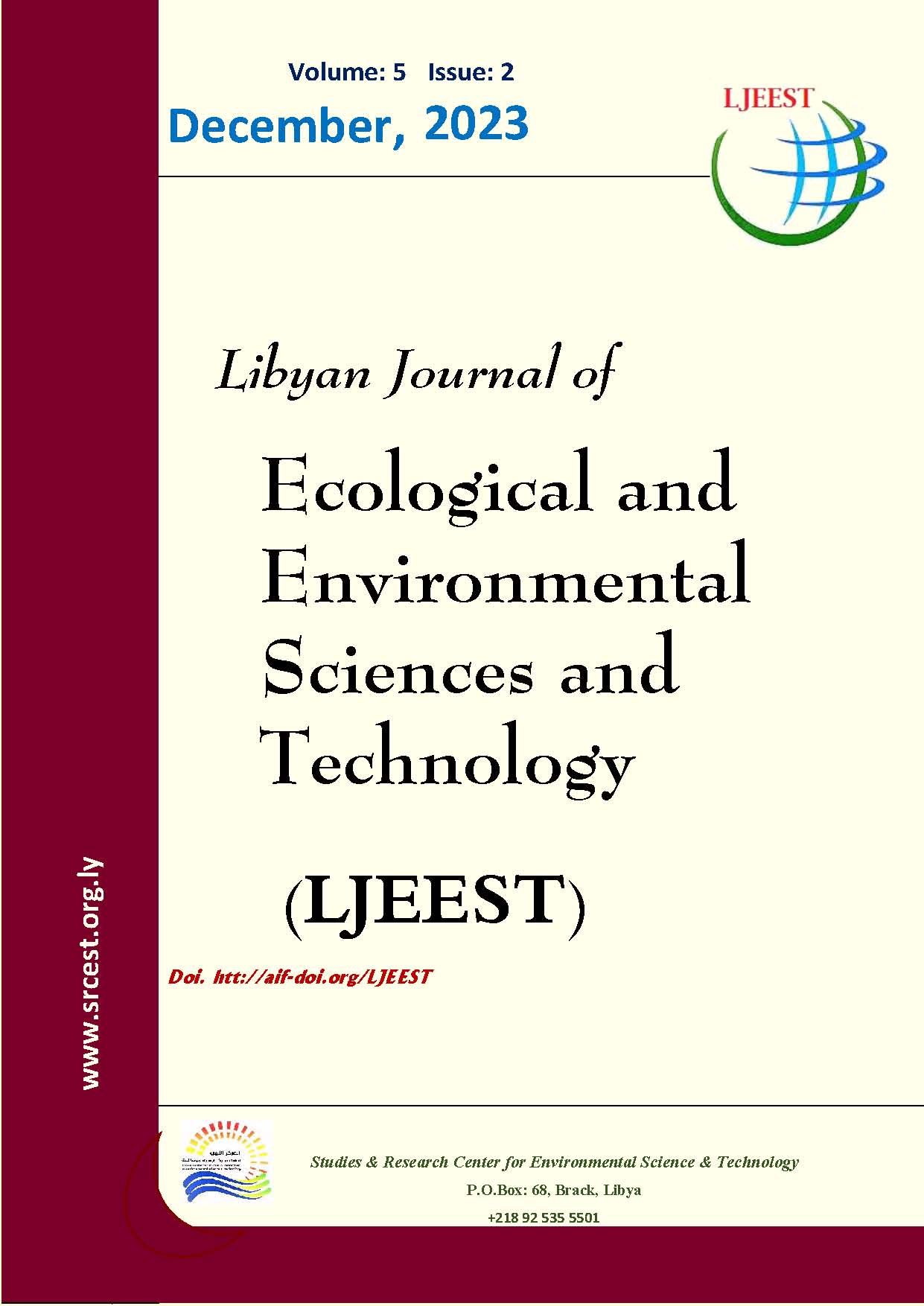Estimating the concentration of added and residual potassium bromate in some bread and baking products in the markets of the municipality of Brak Al-shati.
DOI:
https://doi.org/10.63359/3d8fjh82Keywords:
Bakry Products, Potassium bromate, EDXRF, Spectroscopic methodAbstract
Potassium bromate as a food additive has been widely used in most bread and baking products due to its benefits in improving the quality of the final product. However, the International Agency for Research on Cancer (IARC) has banned it as a food additive. Various methods have been used to measure the amount of added and bromate residues in a product that has not been completely converted to potassium bromide. In this study, the spectroscopic method of reducing the crystal violet dye was used to estimate the bromate residues, and the energy dispersive X-ray fluorescence (EDXRF) method was used to estimate the quantity of pre-baking potassium bromate. The results indicated the presence of concentrations of potassium bromate residues in the products studied. The study also showed that the added bromate comes from the used flour, which is added to the flour as a bleaching agent to change the natural wheat brown colour into a white colour. The concentration of residual bromate in the studied samples ranged from 2.22 to 17.30 mg/kg in French bread, 3.70 to 19.36 mg/kg in local bread (tandoor bread), and from 1.52 to 19.63 mg/kg in croissant samples, while in toast bread the concentration levels were from 2.61 to 2.22 mg/kg. Moreover, the average concentration of the added bromate was 11.35, 13.71, 7.62, and 11.85 mg/kg in samples of French bread, local bread, brioche, and toast, respectively. Although local and international bans on the use of potassium bromate as a food additive, it is still used in many countries, which is likely to be dangerous to consumers. Therefore, bread product manufacturers must be educated about the health problems of adding potassium bromate to consumer health and directed to use substituted additives that are safer than potassium bromate.














